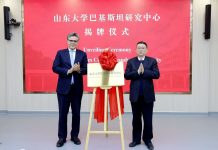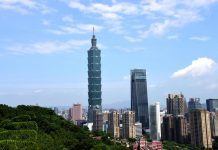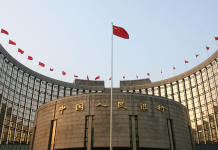LAHORE: On the conclusion of Punjab’s 1st Transport Expo, Chinese super autonomous rapid transit (SRT) metro arrested the attention of government dignitaries, foreigners and people belonging to different spheres of life. Punjab’s First Transport Expo 2025 came to an end on September 5 at Expo Centre Lahore.
The tram was exhibited at Hall No. 2, Expo Centre Lahore, where a massive number of audiences witnessed Chinese tram imported into Pakistan by the Chinese company NORINCO International on. The Transport Expo 2025 was organized under the vision of the Punjab Government and Transport & Mass Transit Department. It brought together leading local and international companies to highlight the future of sustainable and smart mobility in Pakistan.
Senior Provincial Minister Maryyiam Aurangzaib paid a visit to Expo and praised the SRT metro known as environmentally friendly and high-quality epitome of new-era technology. She also visited all stalls installed by many foreign companies. She also reviewed in detail the models put on display in relations with modern mass transit projects.
NORINCO International has already been operating a modern transport system in Pakistan in the wake of launch, operation and maintenance Orange Line Metro Rail Transit System (OLMT) in Lahore, the first electric railway transportation project completed on October 25, 2020 under China-Pakistan Economic Corridor (CPEC).
Billed as a “subway on wheels,” the SRT system uses Virtual Track Technology, relying on advanced sensors, GPS, and digital mapping instead of physical rails. The battery-powered, fully electric vehicle is part of a pilot project initiated to evaluate the system’s potential in transforming city travel in Pakistan.
The ART system uses vehicles similar to the SRT—electric, multi-coach buses capable of carrying 250 to 300 passengers each. Unlike traditional metros or BRT systems, the SRT/ART models require no costly tracks or elevated corridors, enabling faster, cheaper roll-out across both large cities and smaller urban centers. –Agencies






